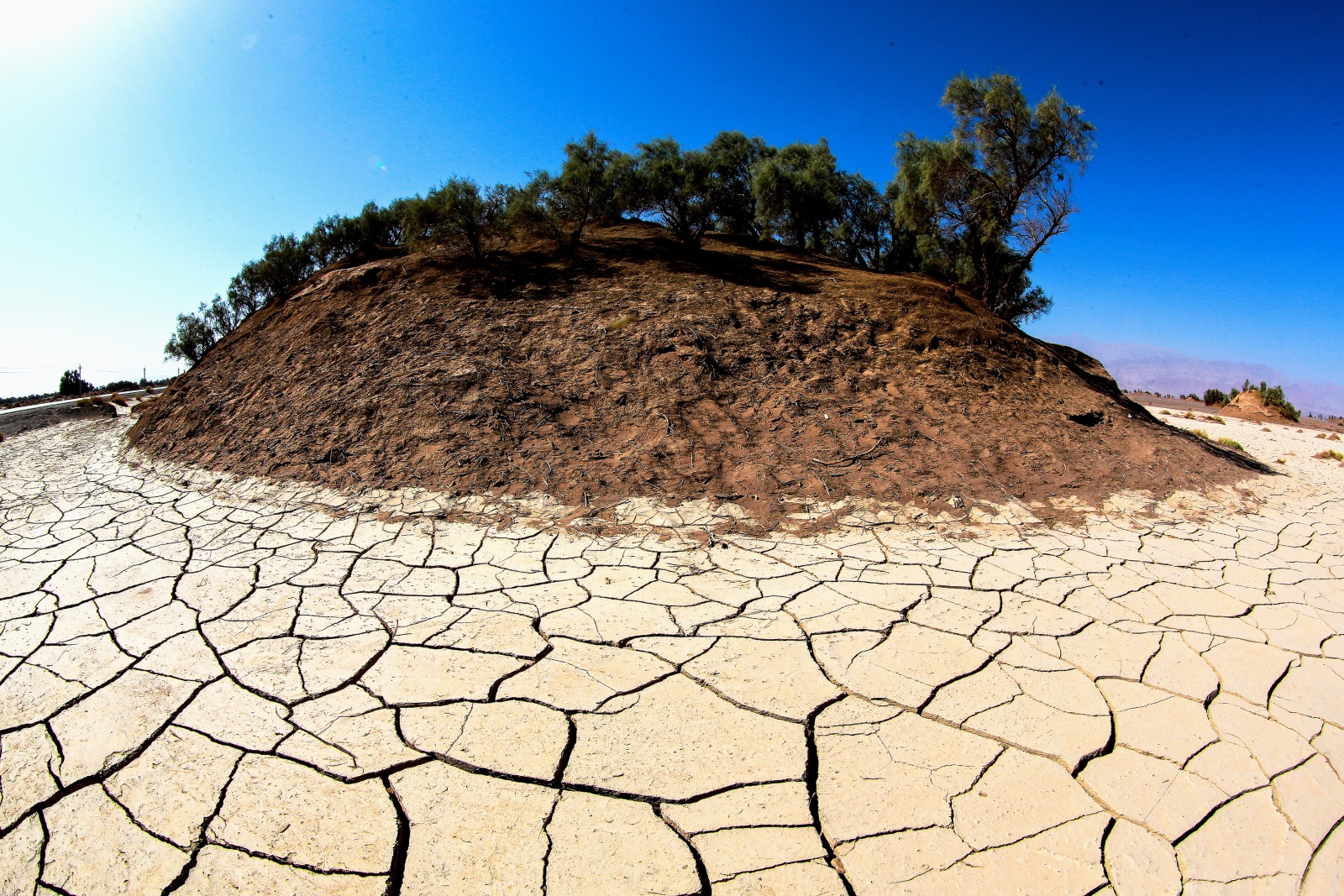A new United Nations report released Wednesday shows farming, mining, and logging has marred more than half of the planet. In a portrait of land degradation across the globe, the report describes entire forests razed for timber or pasture; sensitive grasslands and wetlands lost to sprawling cities; and over-exploited lands that have dried up into desert.
People have altered 70 percent of Earth’s lands from their natural state and degraded up to 40 percent. This threatens “many species on Earth, including our own,” the report warns. If these trends continue, experts expect growing disruptions to human health, food supplies, migration, and biodiversity loss driven by climate change, in what the authors calls a “confluence of unprecedented crises.”
“The human-environment relationship must drastically change to avoid catastrophic tipping points whereby the human power of exploitation is overwhelmed by the power of nature,” the report says, noting that half of humanity already feels the effects of degraded land.
The report, called the Global Land Outlook 2, comes from the United Nations Convention to Combat Desertification and follows a landmark UN report earlier this month that called for “rapid and deep” emissions cuts to avoid the worst effects of global warming. The authors stressed that combating the erosion of the world’s lands actually makes a lot of economic sense: More than half of the global economy — about $44 trillion a year — relies on the natural world. At the same time, restoring lands and protecting forests could stem the rippling effects of poverty, hunger, conflict, and disease. And that, in turn, could contribute more than a third of the efforts needed to sequester carbon and limit global warming to 1.5 degrees Celsius.
More than anything, industrial agriculture has played an outsized role. The cultivation of cattle, palm oil, and soybeans in particular has led to depleted freshwater, widespread deforestation, and rampant extinctions, all of it underwritten by $700 billion in government subsidies each year that support unsustainable, polluting practices. In turn, this has unleashed tons and tons of greenhouse gasses each year.
In a press briefing on Wednesday, Ibrahim Thiaw, executive secretary of the U.N. organization, said that for too long, people have mined the earth, used its resources, and thoughtlessly discarded the rest. He pointed to his suit jacket: “This is fiber, this is cotton, this is land, this is water, this is carbon.” Thiaw said humanity must abandon this approach and adopt a more sustainable mindset of management.
The report warns that if nothing changes, by 2050, we can expect significant hits to crop yields, the degradation of an additional expanse of land the size of South America, and the loss of carbon locked up in poor soils and threatened peatlands. On the other hand, committing to conservation and restoring about a third of the world’s lands would not only improve yields and lock in carbon, but also prevent a third of expected extinctions.
The authors used “restoration” to refer to sustainable management of land and water. That includes practices like “rewilding” natural areas, protecting wetlands and waterways, prioritizing ecosystems in agriculture, and building green spaces in cities. They pointed to a number of success stories, such as efforts to rewild Argentina’s Iberá wetlands and prepare for dust storms in Kuwait.
“It’s not complicated,” Thiaw said. “It is actually low-tech, and it is accessible and achievable.” That is, if humanity can muster up the political will.


